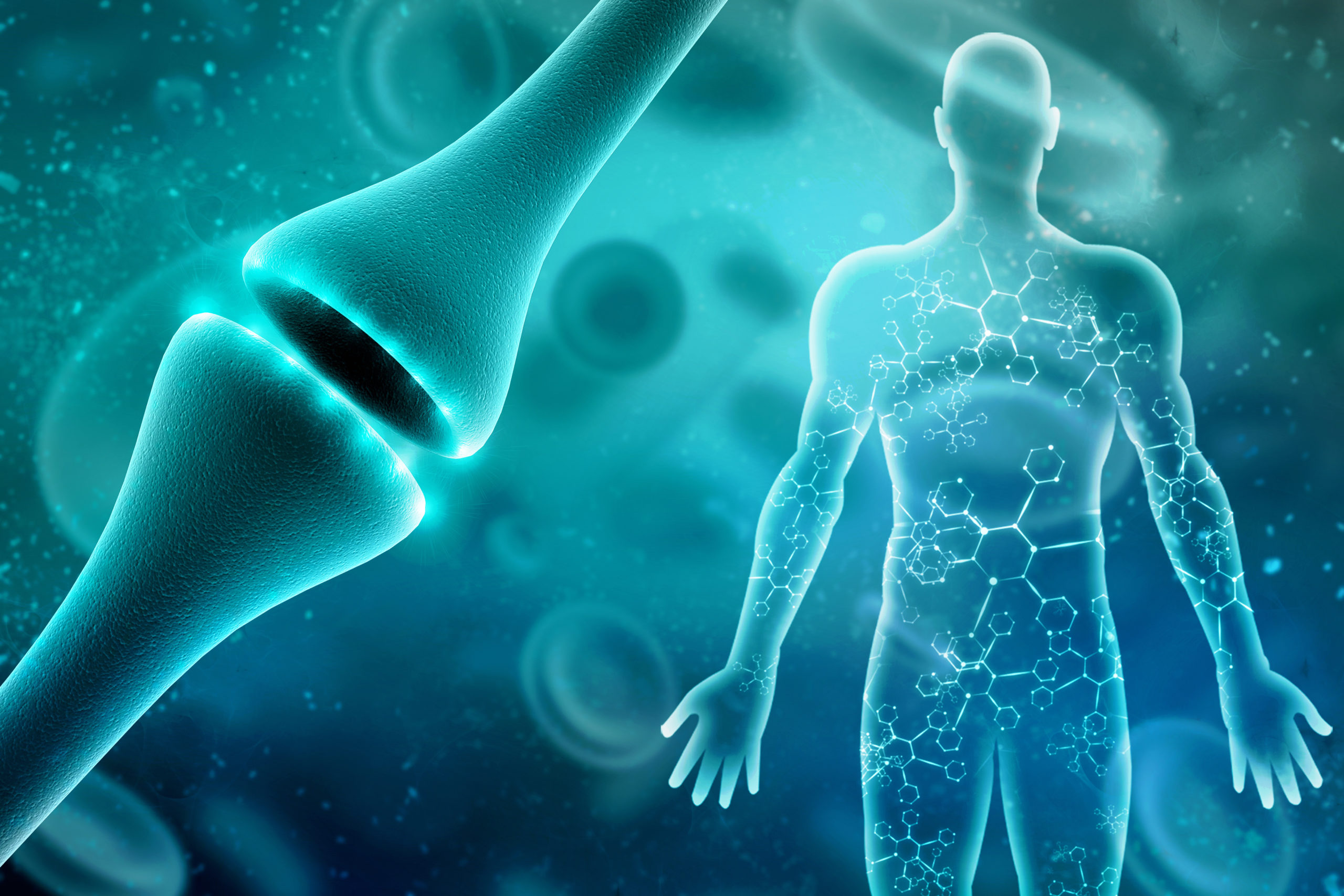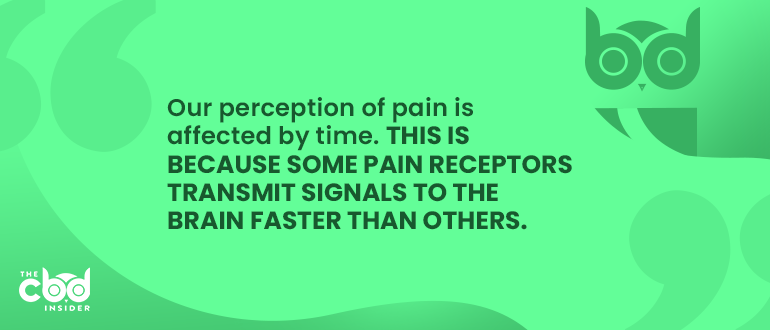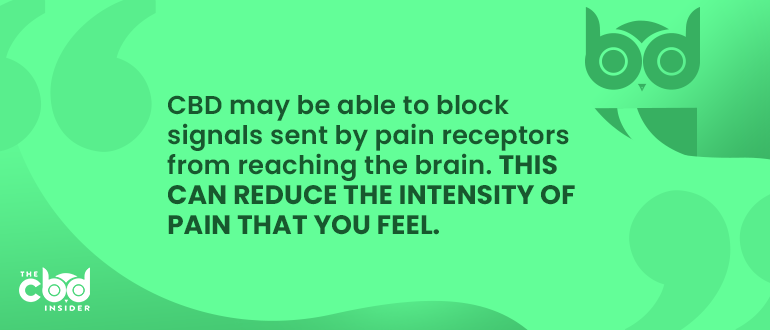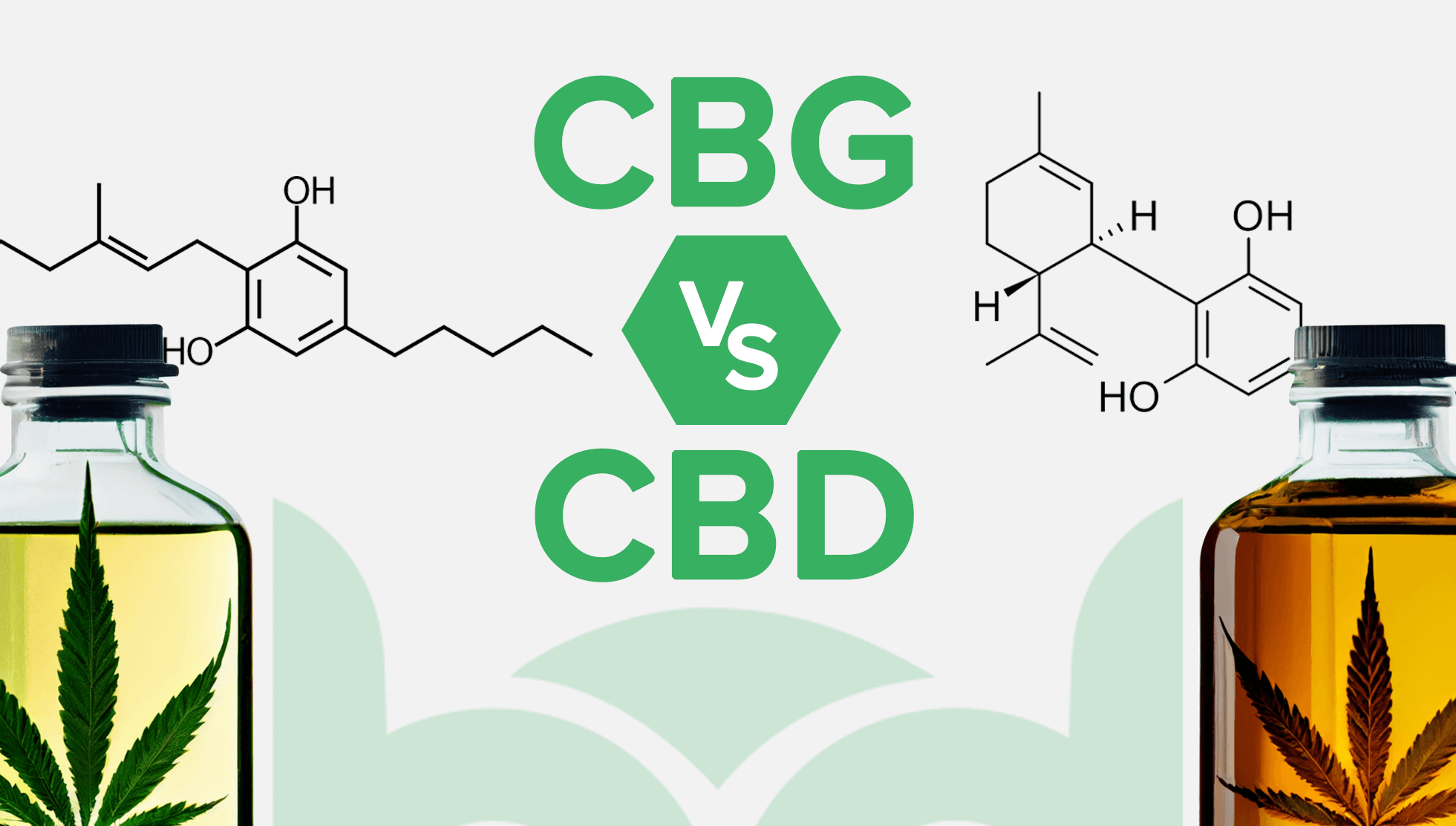-
- Market Research
- |
- CBD Near Me
- |
- Giveaways
- |
- Newsletter
- |
- Contact
- |
- Advertise
- |

Pain receptors (officially called nociceptors) are nerve endings located all over your body. They’re found on your skin, muscles, internal organs, and more.
Their job is to detect any damage done to your body and to report it to your brain by sending a message. This message is what we call pain.
Pain receptors are essential to our survival. Without pain, we wouldn’t know how to avoid dangerous situations. But uncontrolled pain can also make our lives miserable.
Learning how your pain receptors work will help you understand what kind of pain you’re suffering from, whether it’s serious, and how to manage it.
We’ll explain everything you need to know about your pain receptors (in plain English) and how to manage your pain response.
Types of Pain Receptors
There are multiple types of pain receptors. This is why certain types of pain feel different than others. For example, the pain from a cut is different from that of a burn.
The type of pain receptor that gets triggered can also affect how you treat your pain.
These are the types of pain receptors you should know:
- Mechanical: Mechanical pain receptors are triggered by physical damage to the body, such as a blow or abrasion. So, these pain receptors would be triggered if you stubbed your toe or cut your finger.
- Thermal: Thermal pain receptors send a response to your brain if your body gets too hot or cold. This pain comes in the form of a burning or tingling sensation.
- Chemical: Chemical pain receptors respond to chemicals that damage your body, such as acid. The most common type of chemical pain is from eating spicy food made with hot chilies.
- Polymodal: Polymodal pain receptors respond to multiple categories of stimuli. Some respond to thermal and mechanical damage, and others respond to all three types of damage above.
- Silent: Silent pain receptors only send pain signals to the brain if you’ve already been hurt. For example, if someone touches a bruise on your arm, you’ll feel pain from a silent receptor. If you don’t have a bruise, that same touch would not elicit a pain signal.
Perception of Pain
Different pain receptors send different pain signals, and that causes us to perceive pain differently.
Our perception of pain is also affected by time. This is because some pain receptors transmit signals to the brain faster than others. Fast receptors transmit signals almost immediately. Slow fibers can take up to a minute or more to send signals to the brain.
Because of this, our perception of pain happens in a certain order. These are the three phases of pain perception, according to research.
- Phase 1: This is the fastest type of pain. It’s the most alarming type because it’s acute and intense. This pain shocks you and causes you to immediately react, removing your body from the situation that causes pain. This is the intense pain you feel when touching something hot, getting stung by a bee, or pricking yourself with a needle. This pain usually goes away once the stimulus is removed (e.g. you remove your hand from a hot surface).
- Phase 2: This type of pain is slower. It follows the fast pain and isn’t as intense, but it lasts longer. This is the stinging sensation you feel for hours after cutting yourself or getting burned.
- Phase 3: The last phase of pain is chronic pain. This is a sore and aching feeling that lasts for days or longer. In the case of a burn or cut, this phase will last until the wound is partially or fully healed. And in many cases, the pain will be mild. In other cases such as muscle injury, the pain can be intense and last for months.
Not all pain will occur in three phases. Sometimes, if the damage is gradual, you’ll only experience phases 2 and 3. For example, the pain from getting poison ivy or a blister.
In many cases, you’ll only experience phases 1 and 2. These are for minor non-injuries like stubbing your toe or pinching your finger.
Other pain will only occur in phase 3, such as pain from internal organs. This is because organs don’t have fast pain receptors.

Modulating pain receptors (relieving pain)
To reduce pain, you can use drugs or natural remedies to modulate pain receptors. These methods usually involve blocking pain receptors or blocking pain signals from being received by the brain.
The most effective way to reduce pain is with opiate medication. These drugs modulate your pain receptors directly to reduce the signals they send to the brain. However, they have a number of negative side effects including a high risk of addiction.
Non-opiate medications like paracetamol and ibuprofen don’t affect your pain receptors. Instead, they block signals in the brain that tell us we feel pain. These are safer than opiate medication, but they are not as effective. And, they still have a range of negative side effects.
There are a number of natural pain modulation tactics too. Recently, studies have found that CBD may be another effective way to relieve pain naturally.
CBD and pain receptors
Cannabidiol (CBD) is a compound from the cannabis plant that has a range of therapeutic applications. One of those is pain relief.
Studies have found that CBD may affect pain perception in multiple ways.
CBD may be able to block signals sent by pain receptors from reaching the brain. This can reduce the intensity of pain that you feel.
It may also reduce the inflammatory response. Inflammation can cause chronic, phase 3 pain. CBD may prevent that pain from occurring before it even starts due to its powerful antioxidant properties. It may also block pro-inflammatory elements in the body, such as cytokines and T cells, to prevent inflammation before it starts.
This is one reason that CBD is popular with patients suffering from painful inflammatory conditions such as arthritis, fibromyalgia, and migraine.
Additionally, CBD has been found to increase levels of adenosine in the brain, which is a natural pain reliever produced by our bodies.

Understanding Your Pain
Now that you understand the different types of pain and the phases of pain perception, you should be able to manage pain in your life more effectively.
You know that if you’re suffering from acute (phase 1 or 2) pain, that a strong opiate medication might be best.
However, chronic pain (phase 3) might be better managed with natural remedies like meditation or CBD. These natural options have very few side effects and no evidence of dependency, which can’t be said about pain-relief medication.
To learn more about CBD and pain relief, read our guide to CBD oil for pain here. If you’re new to CBD, check out our beginner’s guide for all the basics.







